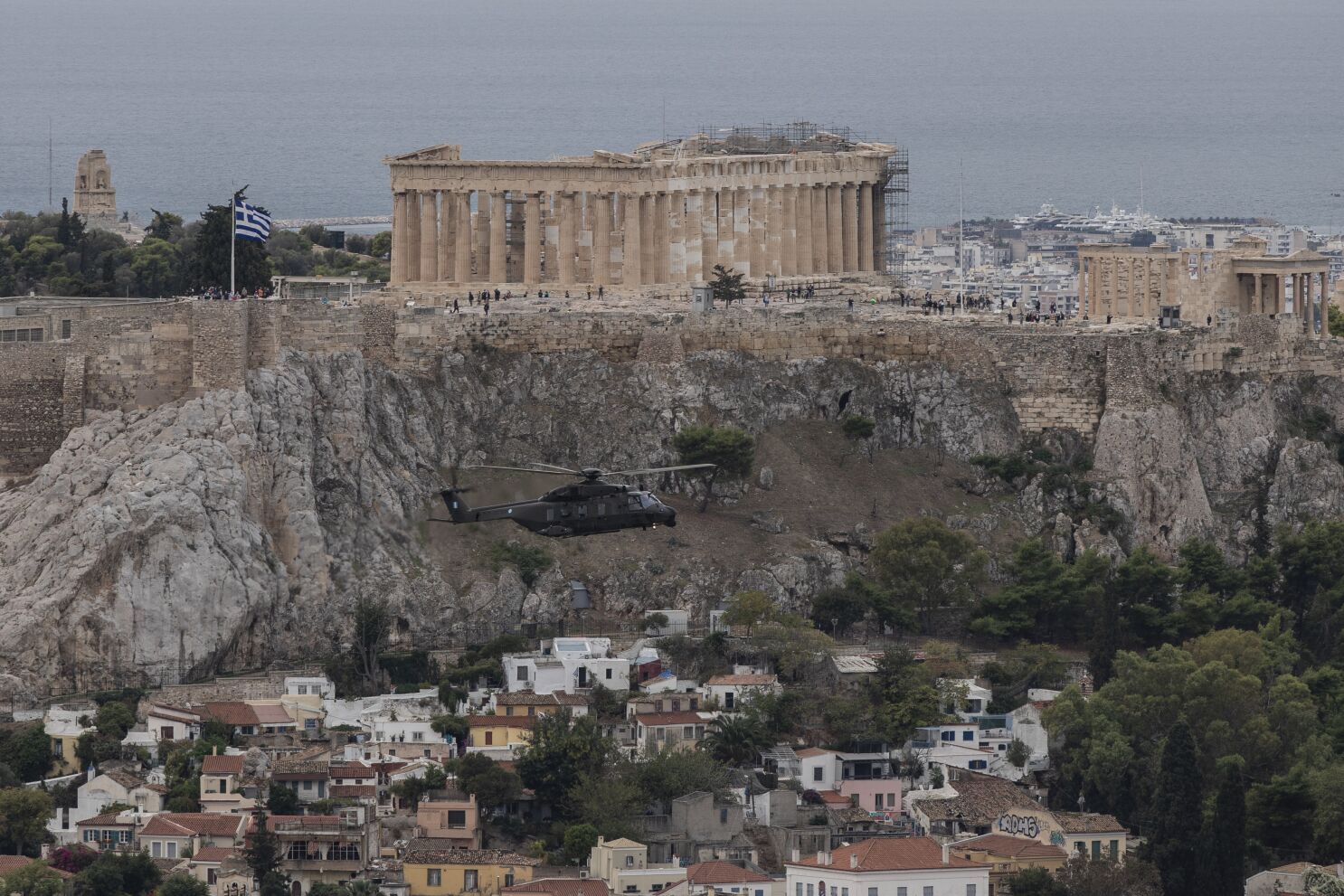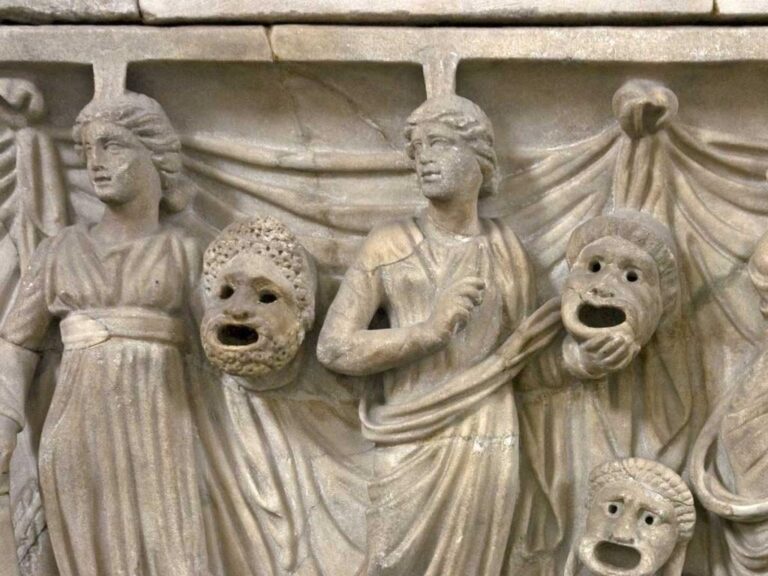As best I can remember, the first time, I heard ‘the legend of the lynched Greek’ I was a teenager. Since, that time the tale of this youth has been told to me many times. As this legend goes, the so-called lynched Greek was an immigrant from the 1880 to 1920 waves who was hung by the Ku Klux Klan. The way the story always unfolded was the Greek-American speaker had himself/herself been told a Greek youth had somehow offended or challenged the Ku Klux Klan and so had been hung. But the teller of this tale never really knew much more. I was always reassured that I could and should learn more about this fallen and forgotten hero. And I tried. But it was a huge circle. First either the Greek-American I spoke to knew this account or they didn’t and would then ask me about it. Or, “oh, yes,” they had heard of this youth and were told it was real event. But then, no matter who I spoke with nothing more was known.
As the years passed and I traveled around the country I began to notice that it was more often than not an Ahepan who both recalled this tale, and given my interest in Greek-American history, it was an incident I should investigate. The last time I was told a version of this tale was, now, roughly two years ago in Tarpon Springs, Florida. In the retail district of Tarpon Springs is a fairly sizable parking lot. And I was told this same land used to be a green-park with trees and benches where in times past Greeks gathered at night. Just across the street, to the north, from this area was a lamp post. And it was there, I was told, that long-ago a Greek youth had been hung for all to see. I asked the teller of this tale, who is a life-long resident of Tarpon, the identity of this youth and predictably there was no answer. All that was said was that upon information and belief, it was a true eye-witness account.
I’ve taken the time to outline this oft-told tale, not simply because I’ve heard of this supposed person and event for years, but because there are Greek immigrants who without a doubt lived, worked, and were killed in North America at the hands of white racists who outside of reports at the time of their deaths are no longer a part of Greek-American historical accounts.
To my mind, the two individuals that should be among the very first to be recalled are Nick Tommick and Nick Lonpakis. Identified as two Greeks who during the 1914 Coal War in Colorado had “fallen in the fighting about Aguilar (El Paso Herald April 27, 1914).” They are mentioned repeatedly in the news accounts not only surrounding this historic labor dispute but in every single report on the funeral services for Louis Tikas.
Born Elias Anastasios Spantidakis (March 13, 1886-April 20, 1914) Tikas was the leader of the Ludlow camp of striking miners. All published accounts, documentaries, and articles that I have seen to date on the 1914 Coal Strike features Tikas as the lone hero. I am not denying this man’s role in these historic events. But there were many many others who were involved in the protracted and historically significant events that taken collectively, compose this specific moment in American labor history.
Added to all this issue of names is that the Greek who sometimes carried the name Lonpakis to his grave also had his last name spelled as ‘Lenfiakis’ and ‘Lonfiakis’ in the American 1914 newspapers that reported on his death and then funeral. Today, regrettably, the strike that resulted in the deaths of literally dozens of people over a considerable period of time and fighting across the state of Colorado has been reduced to the death of Louis Tikas.
Between 1907 and 1923, Greeks fought and were seriously injured or at times just outright killed at the hands of Americans each and every year. When searching over newspaper accounts for this time period there are two phrases that mean essentially the same thing in descriptions of a deadly physical conflict between Greek immigrants and the Americans around them. In reading newspaper accounts from this time period be aware of the following. As the reporting goes an ‘anti-Greek riot’ is when the Americans attack the Greeks while ‘a Greek riot’ means the Greek immigrants attacked Americans for some prior offense.
Another aspect to this seventeen year period not recognized in current Greek-American historical accounts is that many of the anti-Greek riots were prompted by the arrival of escaping Greek immigrant refugees seeking asylum in a different town or city. Escaping their attackers in say south Omaha various Greeks ended up in Council Bluffs, Dayton Ohio and elsewhere. Yet once the escaping Greeks arrived in these locations it did not take long for local Americans to not only attack the newly arriving Greeks but the local Greeks as well. According to the report in the North Nebraska Eagle news account some 300 Greeks were almost immediately randomly “rounded up” in the general Council Bluffs area (March 5, 1909).
Oh, another point that is for the most part passed by are the financial losses not simply of the local Omaha Greeks but that non-Greek Americans experienced due to the uncontrolled nature of a riot. One account titled ‘Some Losses Caused by the Riot’ lists a long series of losses to Omaha non-Greeks as well as Greeks such as the “Atlantic Hotel $350; Magic City Realty Co. owner of Maftein’s saloon $300” and so on (Omaha Daily News 24 Feb 1909). For those new to this line of research, for years after the Omaha attack on Greeks a wide array of articles with names and itemized figures appear on how much various Greeks and non-Greeks are due because of the massive destruction. Quite a number of later news reports involve the federal government inquiring (but never doing anything) about having these assessed damages paid.
Actually the pattern was set in the 1907 anti-Greek riot (which also involved local Syrian immigrants) in Roanoke, Virginia when a dispute over the added five cents cost for a pickle on a sandwich blew up into a city-wide conflict. Local officials went after the American-born rioters because the fires they set that initially burned Greek and Syrian businesses got out of control and burned down other sections of the city. Later news reports on Roanoke’s anti-Greek/anti-Syrian riot frequently focus on the losses to American residents of the city.
How did I learn of all these linked events? I looked.
Dozens of innocent Greek immigrants died due not simply to racism but dangerous working conditions and a long host of other real world circumstances and events. Teasing apart the historical record to locate, identify, and honor these fallen individuals should be among our foremost concerns in exploring and searching for our collective Greek-American history. We don’t need some legend of a hung Greek. We don’t even need to single out Louis Tikas. We have far too many real individuals killed or driven from their homes for pointless fantasies or blind hero worship of lone individuals.
Source : The National Herald



